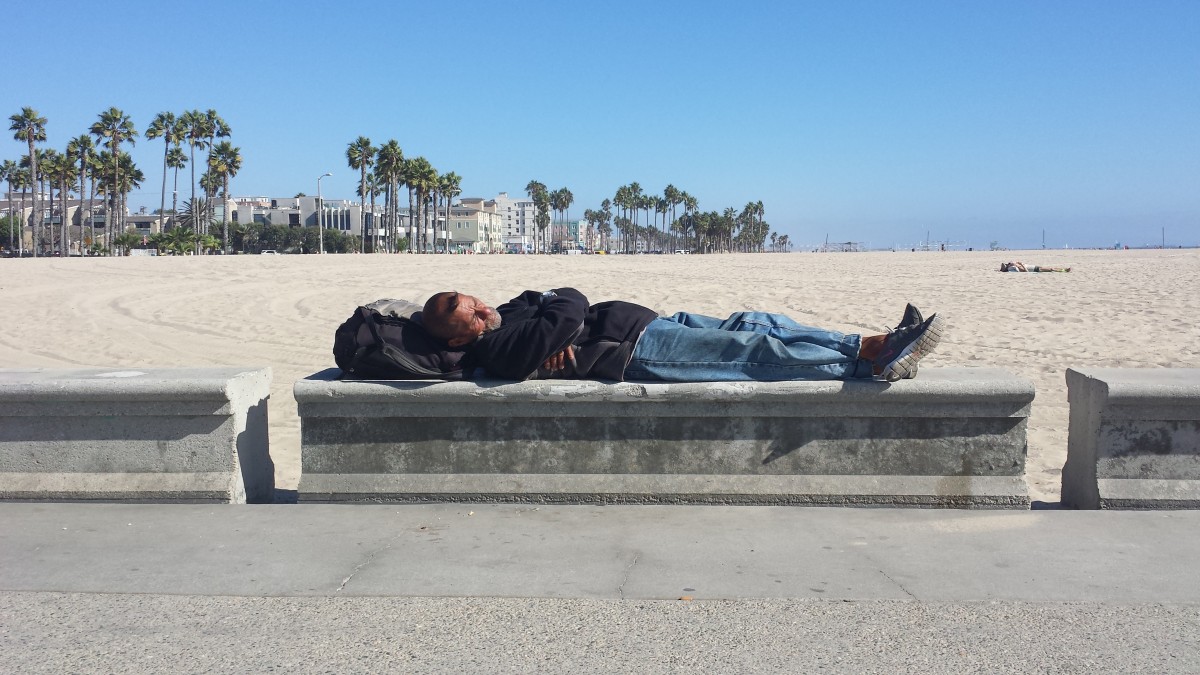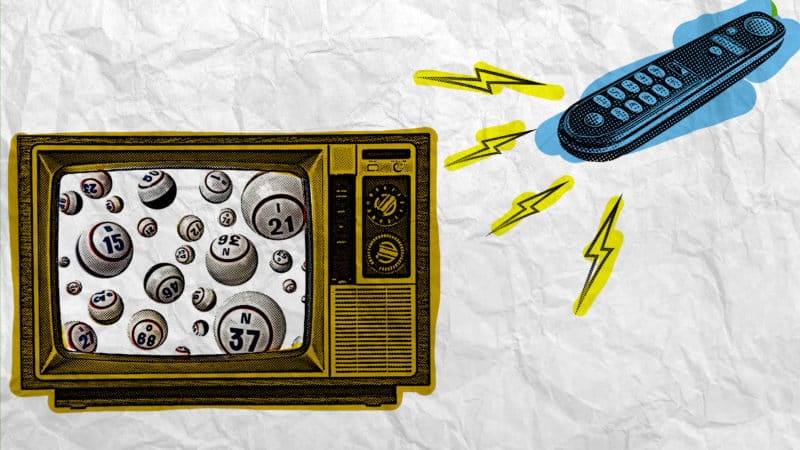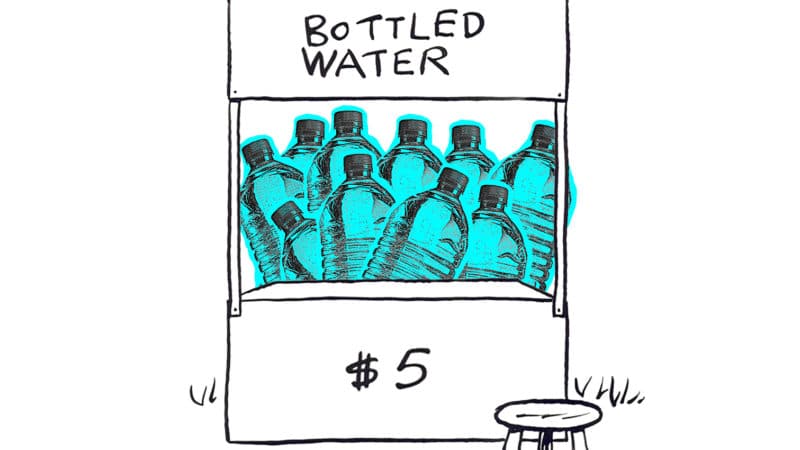A recently released report shows homelessness rising even before the pandemic hits, and federal sources still aren’t sure of the effects the pandemic has had on the crisis
By Andrew Fraieli
Homelessness in the United States has risen for the fourth consecutive year, to about 580,000 people experiencing homelessness at the start of 2020, according to a Housing and Urban Development (HUD) report released on March 18.
This report was completed prior to the pandemic though, so does not reflect the current severity of the homelessness crisis and certainly is now an underestimate according to federal sources.
The report, which is conducted by counting individuals on the street and in shelters on a single night in January 2020, says from 2019 to 2020 there was a 2.2% increase in homelessness — as compared to a 2.7% increase from 2018 to 2019, 0.3% increase from 2017 to 2018, and 0.7% increase from 2016 to 2017 — but this doesn’t take into consideration the job loss, lockdowns, and economic downturn from the coronavirus.
“I can’t give you numbers, but we know that it’s increased,” Marcia L. Fudge, the recently confirmed secretary of HUD, said, responding to a question on the pandemic’s effects since March in a White House press briefing Thursday.
In the same briefing, Fudge expressed confidence though, saying, “Over the next 12 to 18 months, we know for a fact that we can get as many as 130,000 people off the streets.” A goal, she says, that can be met with the extra $5 billion in funding from President Biden’s coronavirus relief bill that’s “set aside to do nothing but address homeless issues.”
Even this additional funding is not nearly enough to solve the housing crisis though, Fudge explained. She says they need “at least another $70 to $100 billion to do those things” — about double the department’s annual budget.
The report shows that, prior to the pandemic, the rate of homelessness was already consistently worsening and setting milestones. “The findings of the 2020 AHAR Part 1 Report are very troubling, even before you consider what COVID-19 has done to make the homelessness crisis worse,” Fudge said in a HUD press release Thursday.
One such example is the report finding that, for the first time since the point-in-time count began in 2007, there were more unhoused individuals living on the streets, 209,413, than staying in shelters, 199,478. This is a 7% increase for unsheltered individuals compared to last year, with sheltered individuals staying mostly unchanged.
Black Americans were, once again, highly disproportionately represented in their rate of homelessness, making up 39% of all homeless people yet representing only about 13% of the U.S. population in 2019. In contrast, 48% of all homeless people were white, yet making up 76% of the U.S. population.
The amount of transgender and gender non-conforming people experiencing homelessness remained mostly unchanged though, still making up 0.8% of the total homeless population, or about 4,600 people.
Florida, again, broke the top three states for homeless population at 27,487 or 5% of all unhoused people, but also had one of the largest decreases from 2019-2020 at -3.0%.
The report represents an increase in severity for the homelessness crisis, before the effects of the pandemic even began. With HUD moratoriums on rent expiring June 30th according to Fudge, combined with the unknown numbers of people becoming homeless over 2020 past January, it’s unknown how bad the crisis may get.



